I had explained about 5 new renewable energy technologies in the previous post and am going to give information about 5 more in this post.
1. World Wide Wind's Contra-Rotating Turbine
Norway-based company World Wide Wind (WWW) has unveiled a new kind of floating, vertical-axis wind turbine (VAWT) that has the potential to revolutionise the way we capture and utilise wind power. This novel VAWT design uses two sets of tilting, contra-rotating blades to deliver twice the output of today’s largest turbines. The company claims that its gigantic wind turbine, which can scale up to 400 meters in height, has the capacity to unlock unparalleled power, and density, thereby lowering the cost of offshore wind significantly.
The contra-rotating vertical turbine, or CRVT, developed by World Wide Wind functions as two VAWTs in one, producing double the energy. Presenting a simple design, the floating offshore wind turbine is made up of two vertical-axis wind turbines that spin in opposite directions. The lower one revolves around the tower’s stem, while the taller one is fixed on top. One turbine is connected to the rotor, and the other is connected to the ‘stator,’ a configuration that doubles the relative speed of rotation as compared to a static stator, resulting in more electricity.
In contrast to conventional offshore wind turbines, VAWTs often have their heavier components at the bottom, with the exception of their blades, which are near the top, resulting in a lower center of gravity. They can also collect wind energy from any direction and do not need to turn to face the wind, which reduces the requirement for some heavy machinery.
The vertical axis turbines have less impact on wildlife as the rotating turbine is perceived as a natural obstacle. The low speed of the rotor blade’s wing tip reduces bird strikes, and WWW’s design allows operators to employ more recyclable materials.
2. Tree Based Sustainable Batteries
Stora Enso, a renewable-materials company based in Helsinki, is powering up electric vehicles using batteries made from trees, specifically l ignin. The company explains that lignin is separated from wood during the production of cellulose fibers. After extracting it out of the machines, the company refines the by-product into a fine carbon powder, which serves as an active material for the negative anode of the lithium-ion battery. The hard carbon powder is then used to produce electrode sheets and rolls which are then fused with positive electrodes, separators, electrolytes, and other components to transform them into a lithium-ion battery.
How does it work?
The company notes that the material used in the batteries is often graphite carbon, whose emissions harm the environment and can contribute to the slow charging times of the batteries. By replacing this fossil-based graphite with hard and refined carbon from trees, electric vehicles can benefit from more environment-positive charging and more manageable electrification based on the current standards of living.
Lignin-based carbon can be used in batteries including those used in consumer electronics, the automotive industry, and large-scale energy storage systems. Stora Enso says it is using dry lignin to manufacture Lignode, its batteries made from trees, and is planning to create a European supply chain for the lithium-ion battery industry.
3. A Solar Tower That Produces Jet Fuel
International researchers at ETH Zurich have found a way to produce aviation fuel using water, carbon dioxide (CO2), and sunlight. The team has designed an all-in-one tower that uses solar energy to produce a synthetic alternative to fossil-derived fuels like kerosene and diesel. According to the creators, the fuel that is produced is carbon neutral, sustainable, and fully compatible with the existing aviation infrastructure for delivery, storage, and usage in jet engines. Although the device can only convert about 4% of solar energy into gasoline at the moment, the team claims they are trying to increase this efficiency to over 15%.
The team began scalability testing in 2017 and constructed a solar fuel production facility at the IMDEA Energy Institute in Spain. The fuel plant consists of 169 sun-tracking reflective panels that redirect and concentrate solar radiation into a solar reactor mounted on top of a tower. The solar reactor, which has a porous structure constructed of ceria, is then powered by the concentrated solar radiation to drive oxidation-reduction (redox) reaction cycles. The ceria transforms water and CO2 put into the reactor into syngas, a specially formulated blend of hydrogen and carbon monoxide. The ceria is not burned and can be used repeatedly. Syngas is then delivered to a gas-to-liquid converter, where it is ultimately converted into liquid hydrocarbon fuels like kerosene and diesel.
4. HelioWater Spheres That Turn Sea Water Into Drinking Water Using Solar Energy
The latest idea to provide drinking water in dry regions comes in the form of HelioWater, a French company conceived by Marine Tech. Composed of large spheres mounted onto a metal frame, the HelioWater device relies on a large solar panel at its base to power the purification process. The company says each module of 1 sqm produces 10 liters of water per day.
The HelioWater method is completely autonomous and works using evaporation, condensation and mineralization. Seawater is pumped into the sphere, where it evaporates and condenses onto the inside surface of the top dome. Clean drinking water then drops to the bottom and is pumped away.
The components are made using recyclable materials that are resistant to adverse weather. All the equipment is delivered in a box to make it easy to transport, and it’s also quick and easy to install and operate. Furthermore, the single modules can be grouped together to cater for larger needs.
5. VAXA's Vertical Farming Turns Clean Energy Into Algae
Iceland-based company VAXA converts clean energy into sustainable nutrition by using algae. Their groundbreaking vertical-farming technology lets micro-algae grow indoors, completely independent of the weather conditions outside. Embedded with pink glowing lights (UV LEDs), the sealed and bio-secured module enables all-year-round production of high-quality, pathogen-free, fresh algae with a consistent composition. Focused on minimal water and land footprint, it uses pristine non-marine source water that guarantees a safe and clean process with no cross-contamination.
VAXA’s facility is integrated with one of the world’s largest geothermal plants, utilizing its byproducts (natural CO2 emissions, hot and cold water, and 100% renewable energy) to produce carbon-neutral micro-algae. According to the company’s website, algae is rich in protein, and unlike other plant-based sources such as soy, it contains a complete essential amino acid profile and a large number of phyco-nutrients.
Iceland is well known as a world leader in developing clean geothermal energy. VAXA created a technology platform designed to leverage the clean, natural outputs of a geothermal plant in Iceland, allowing the growth of micro-algae indoors. The company ensures the production of a consistently stable product that is suitable for nutrition and food. Their products are vegetarian and vegan friendly and are produced without antibiotics or pesticides.
The micro-algae is produced in a sealed indoor structure that ensures a safe, clean growing environment with no contaminant risk.
That is all for this post. Hope you liked it!!
Until next time,
Aarav Iyer
References:
(1) Designboom (Point 1.)
(2) Designboom (Point 2.)
(3) Designboom (Point 3.)
(4) Designboom (Point 4.)
(5) Designboom (Point 5.)

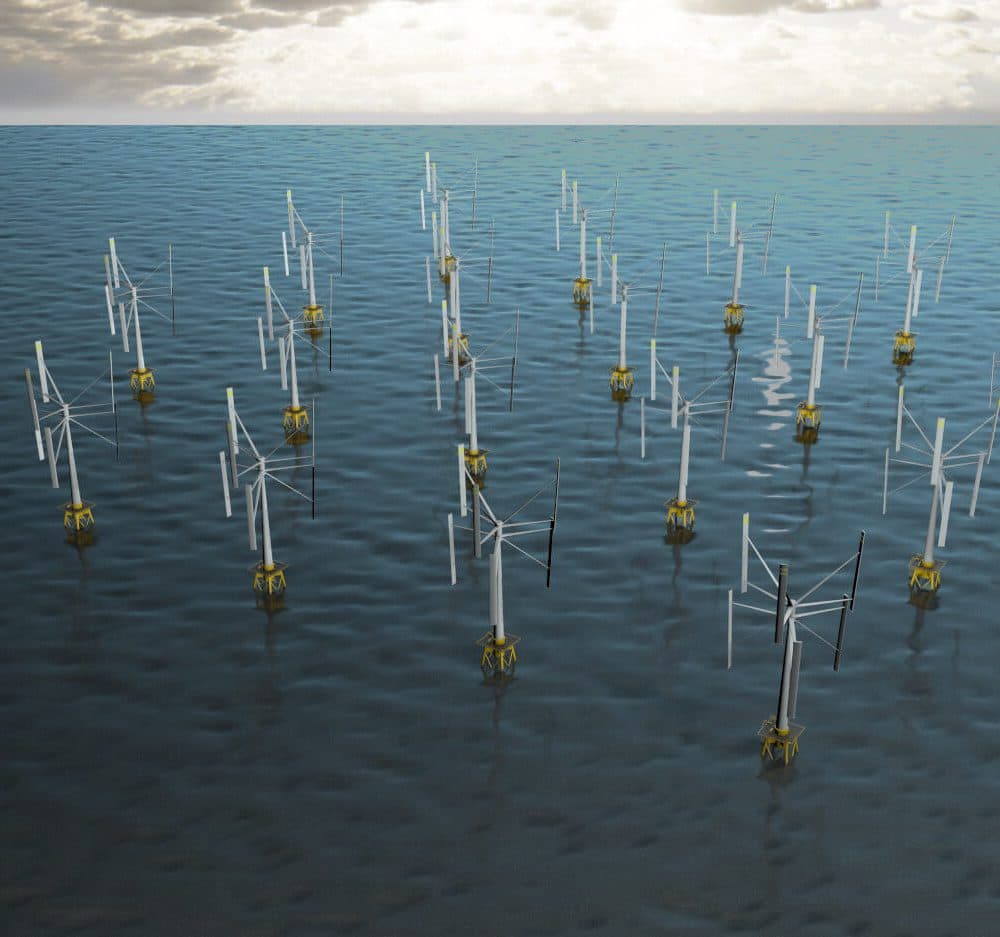
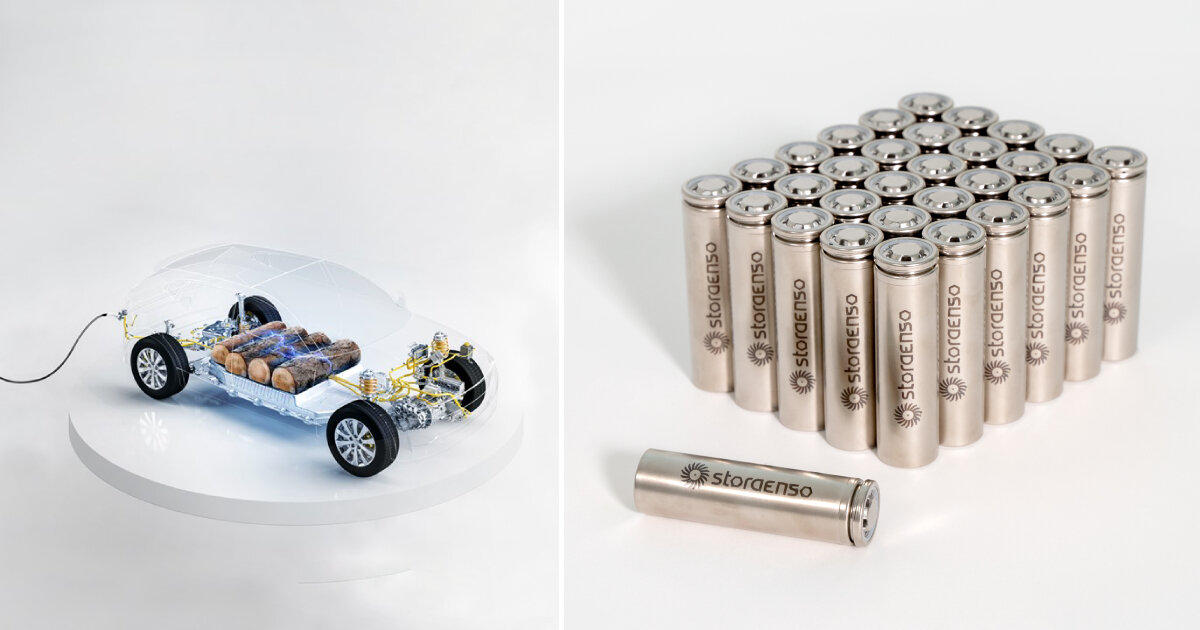

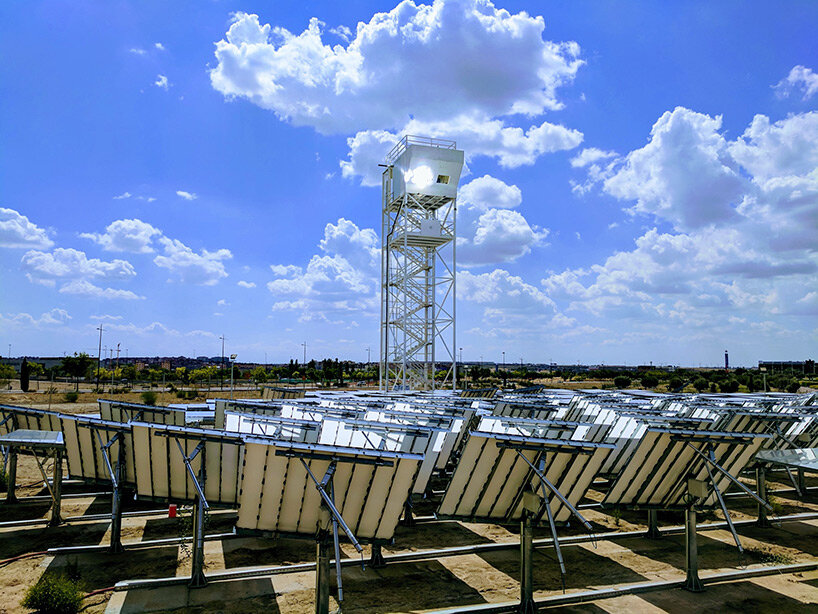
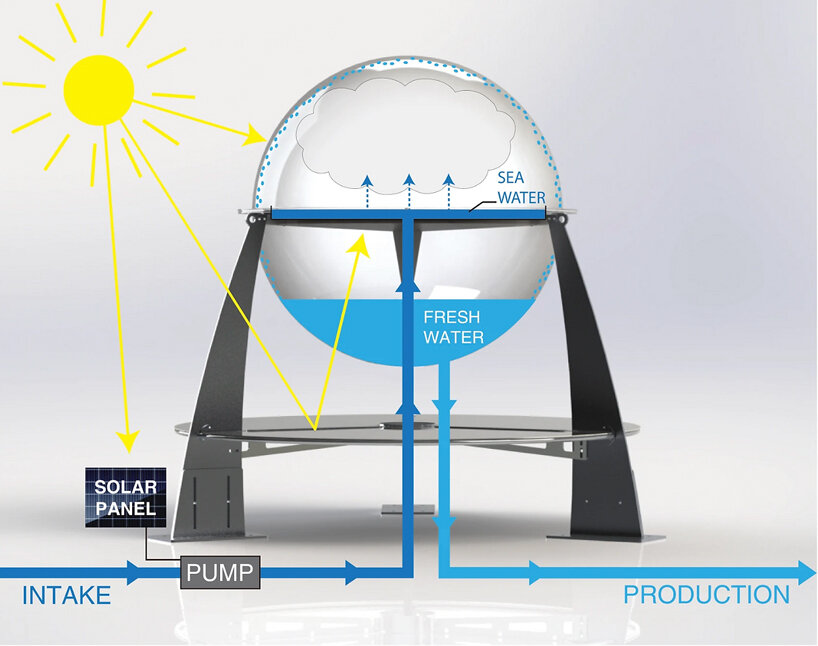

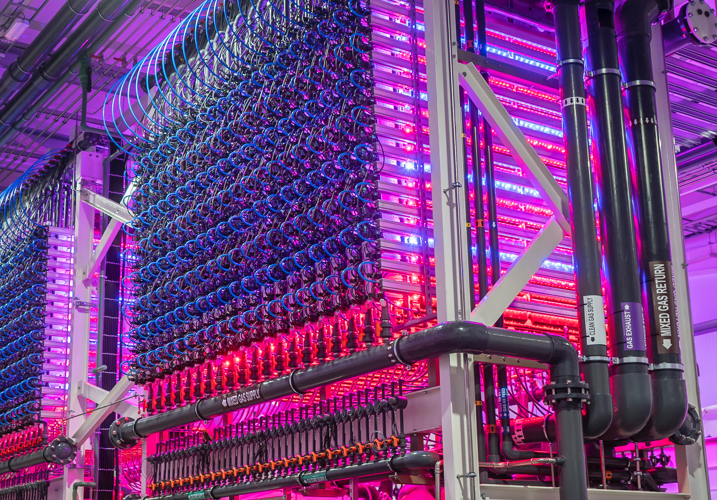
@AaravIyer outstanding blog yaar ...its not easy to indulge wide info in one blog but u made it ....too good
ReplyDelete